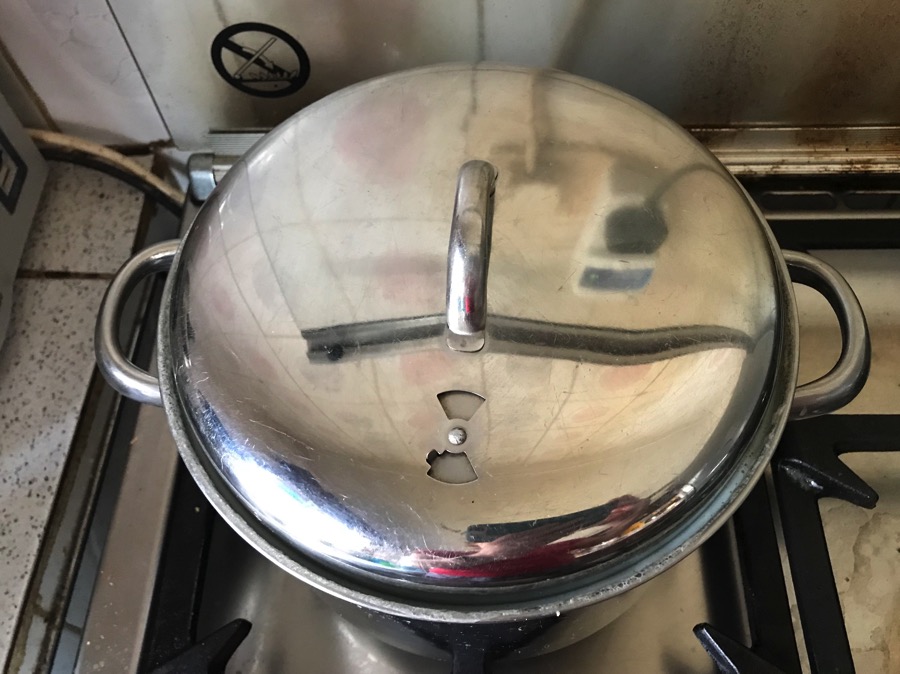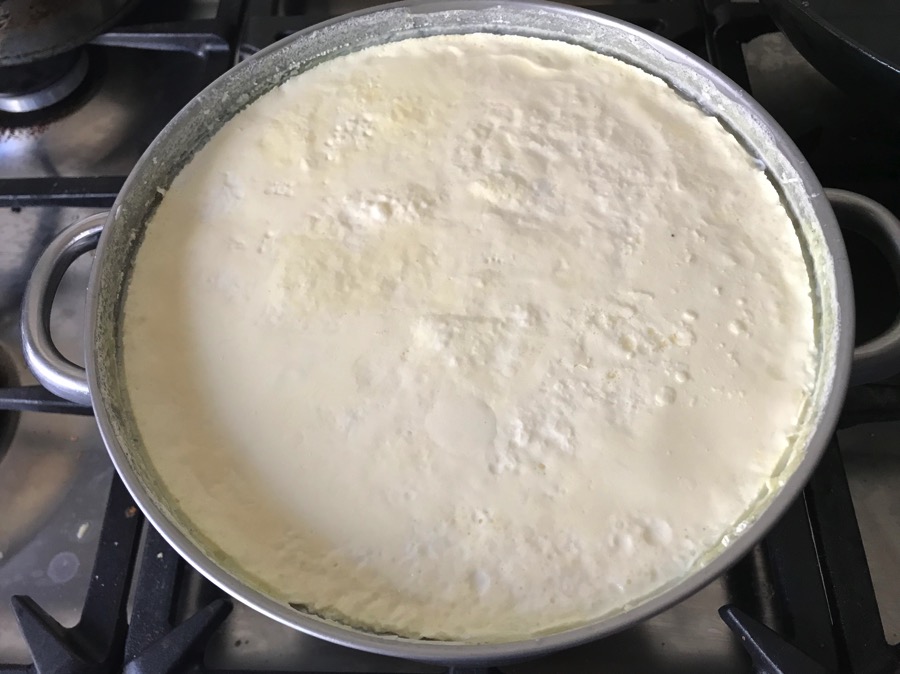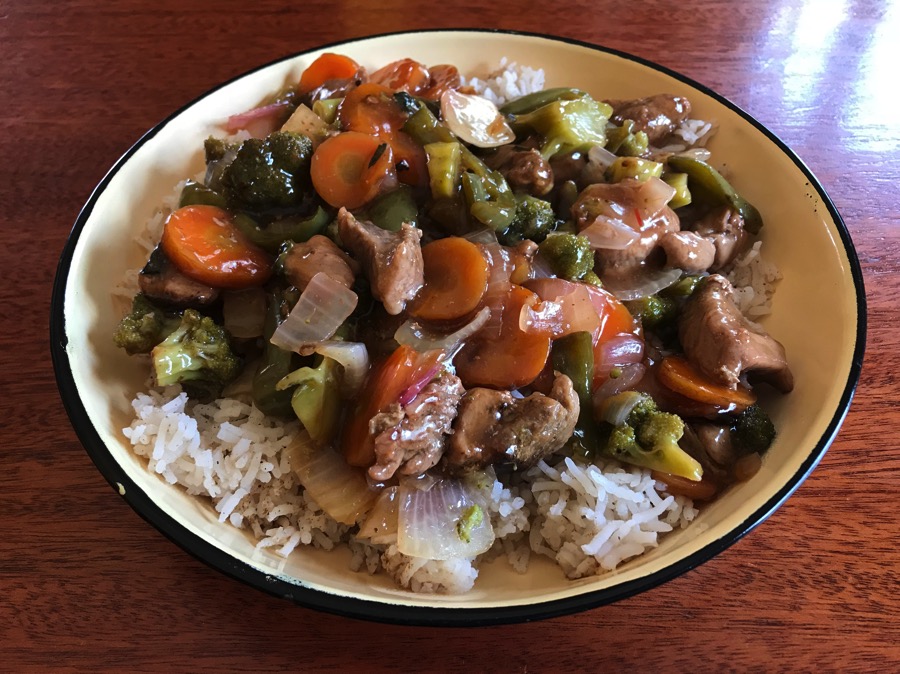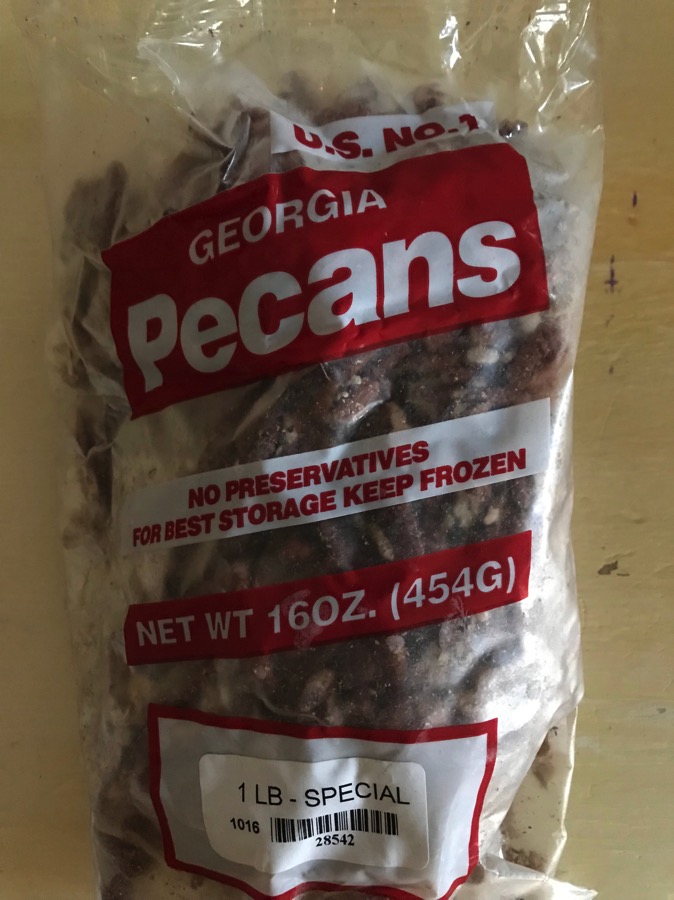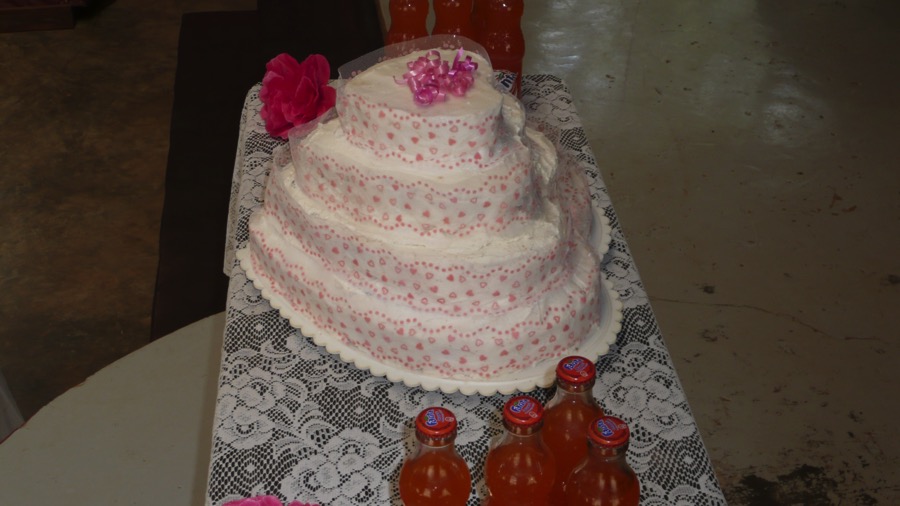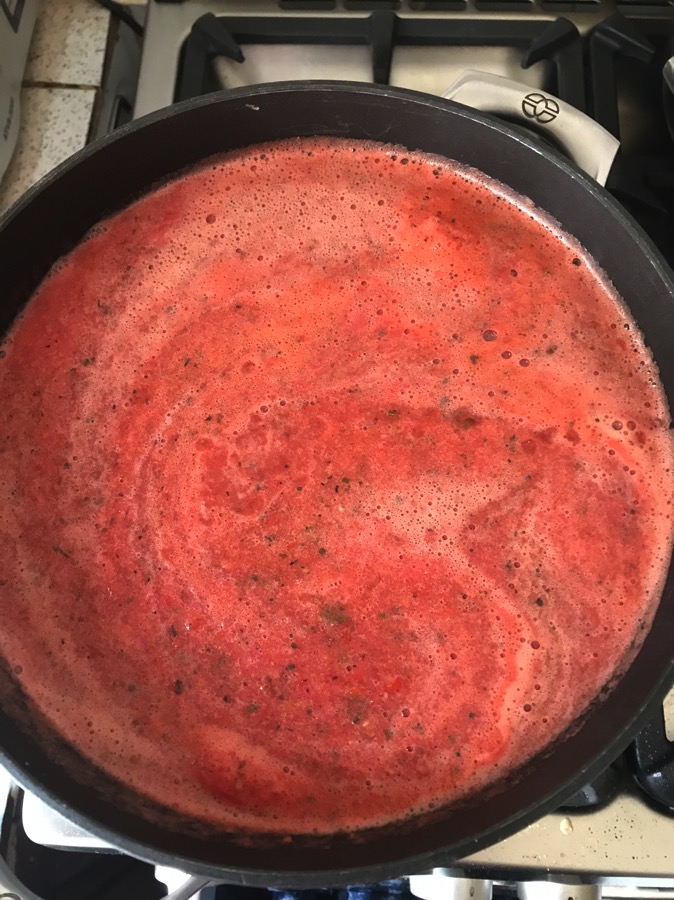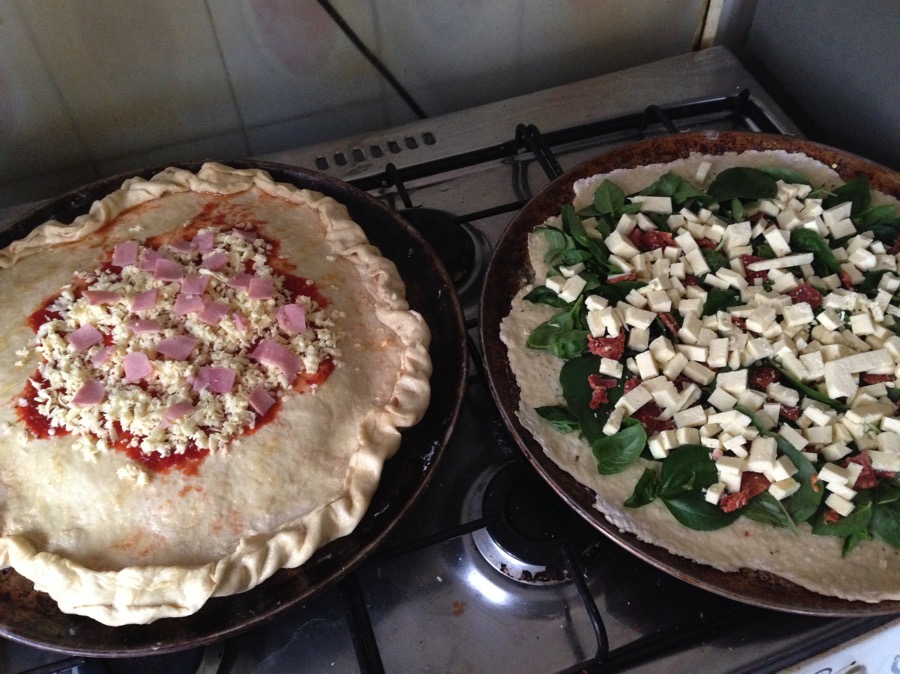A few weeks ago I saw a video going around on Facebook, in which a woman demonstrated how to make cream cheese.
The cheese she was actually making was either ricotta or queso (depending on how stringy it turned out). I don’t know how many times I’ve made ricotta cheese using the exact method she described. It’s simple. It’s quick. I’ve used it for lasagne and for any recipe that calls for cottage cheese.
But it’s not cream cheese.
Technically, to make cream cheese (or any cheese for that matter, with the exception of ricotta and mozzarella) you need a specific culture to get it going. “Culture”=bacteria that grows in the cheese and hardens it.
Yogurt is also cultured. Again, it’s not the same culture as cream cheese but it’s much closer than the method used by the woman in the video.
How to Make Cream Cheese
1. Make or buy yogurt.
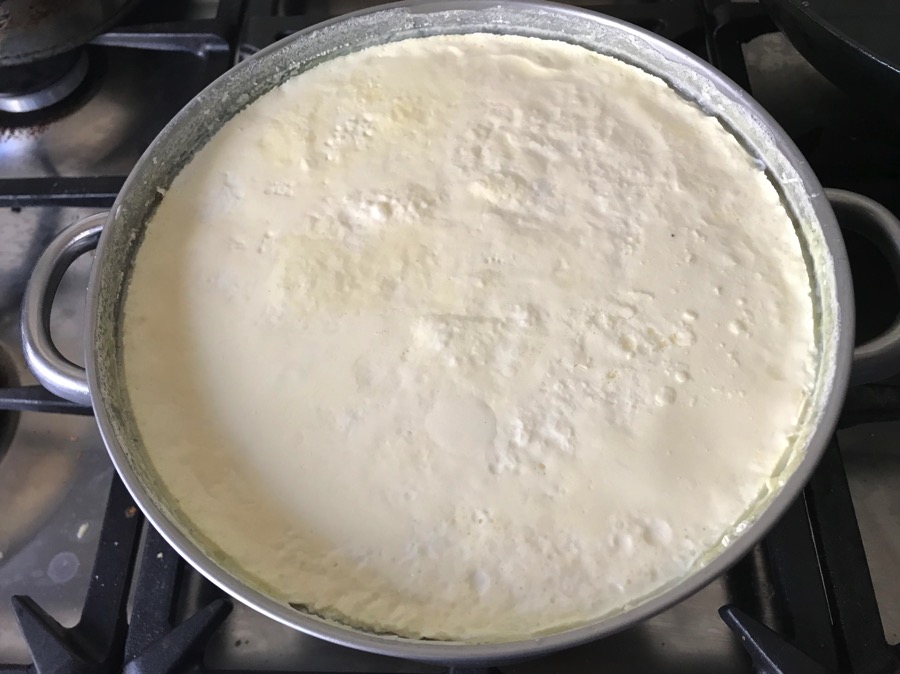
As I posted on my blog a few days ago, yogurt making is quite simple.
2. Strain the yogurt until it’s thick.
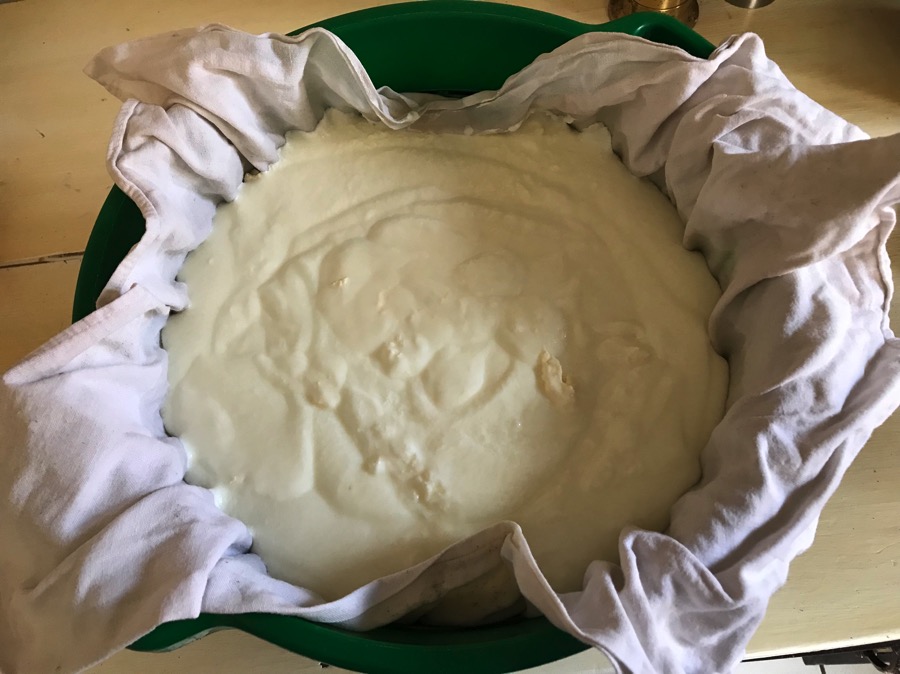
I put mine through a tea towel lining my strainer. Basically, I dump the yogurt into the tea-towel-lined strainer, suspend that in a pot to catch the whey, and stick it in the fridge.
And forget about it for a couple days.
That’s it.
It produces a by-product called “whey” which you can use for many things (in place of water in bread for higher protein content; we save it when we want to cure a corned beef because it acts like a meat tenderizer), or just pour it down the drain.
The finished product looks and tastes like cream cheese.

I’ve used it to make cheesecakes, to spread on toast, or for any recipe that calls for cream cheese.
Here is one of our favorite cream cheese recipes. It calls for several of the milk by-products we make: butter, yogurt/sour cream, and cream cheese. I hope you try it and enjoy it as much as we have!

Creamy Fruit Preserve Coffee Cake
- 2-1/4 cups flour
- 3/4 cup sugar
- 3/4 cup cold butter (I soften it to room temperature)
- 3/4 cup sour cream (I use plain yogurt)
- 1/2 teaspoon baking powder
- 1/2 teaspoon baking soda
- 1 egg
- 1 teaspoon almond extract (I use vanilla extract.)
In a mixing bowl, combine the flour and sugar; cut in butter until mixture resembles coarse crumbs. Set aside 1 cup for topping. To the remaining crumb mixture, add the remaining ingredients. Press into the bottom and 2 inches up the side of a 9 inch spring form pan. (I use a 9×13 baking dish.)
Filling:
- 8 oz. cream cheese softened
- 1/4 cup sugar
- 1 egg
- 3/4 cup fruit preserves (peach, cherry, apple, blueberry, strawberry)
- 1/2 cup sliced almonds (optional)
Combine the cream cheese, sugar, and egg. Spoon over prepared crust. Spread the preserves evenly over this. Top with almonds (optional) and reserved crumbs.
Bake at 350 degrees for 45-50 minutes or until filling is set and crust is golden brown. If using springform pan, cool for 15 minutes and then remove the side of the pan. Cool completely before serving.




